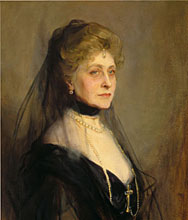Louise - Folding
Patent/design registration not found
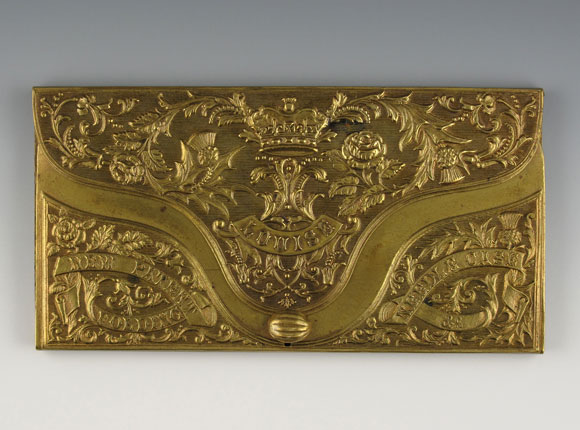
Needle Case
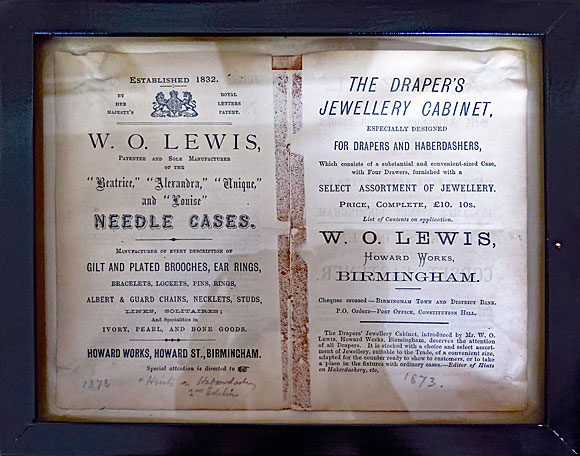
1873 W. O. Lewis advertisement indicating they patented the Beatrice, Alexandra, Unique and Louise needle cases. Click on the photo to see a larger picture
of it. This framed avertisement was discovered hanging on the wall in the owner's office at W. O. Lewis (Badges) Ltd., 39 Howard Street, Birmingham, UK
on May 22, 2017 and was photographed by the author of this website.
Design Details
Needle Case Type: |
Flat-Names |
Patent/Registered to: |
William Osbourne Lewis (son of James William Lewis), Birmingham |
Patent/Design Representation #: |
Unknown |
Patent/Design Registration Date: |
Unknown |
Location of Patent/Design Registration: |
Unknown |
Reference #: |
Unknown |
Dimensions: |
4.7 x 9.1 |
Material: |
Brass |
Name Variations: |
a) Alfd Booker & Co - Redditch
b) J. English & Sons - Redditch
c) Wm. Hall & Co - Studley
d) Hayes, Crossley & Co - London and Alcester
e) R. Holt French Court Crystal Palace - London
f) H. Milward & Sons - Redditch
g) Abel Morrall - London, Manchester
h) Unmarked
i) C. Rimmer - Studley
j) W. Woodfield & Sons - Redditch |
Other Variations: |
None |
Additional Photographs
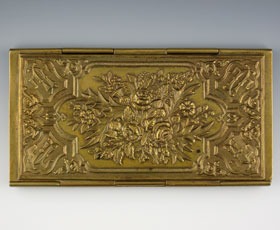
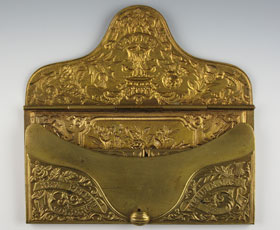
Back and front parially open (unmarked version)
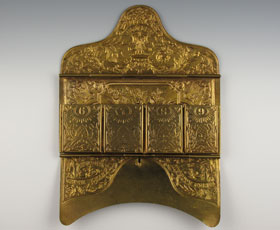
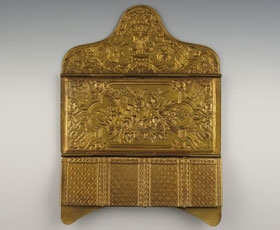
Interior parially and fully open
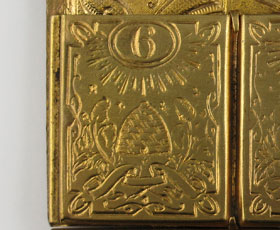
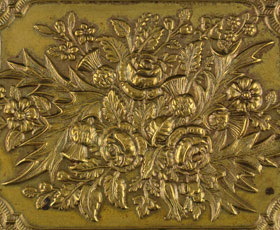
Interior detail and back detail
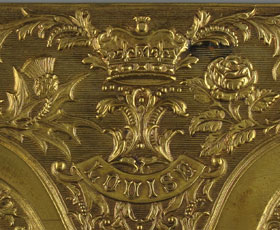
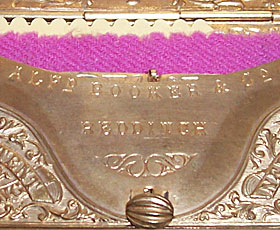
Front detail and and Booker signature detail (photo from eBay)
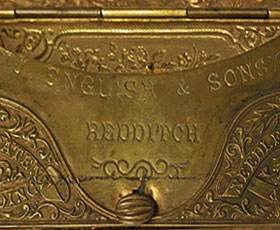
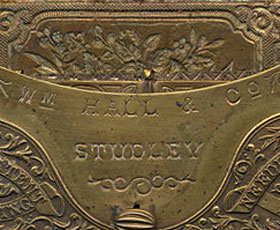
English signature detail and Hall signature detail (photos from eBay)
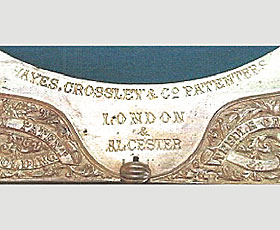
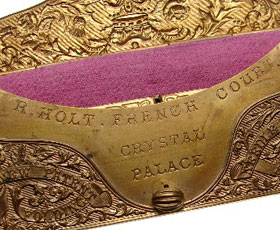
Hayes signture detail (photo from eBay) and Holt signature detail (photo courtesty of Bunny's Place)
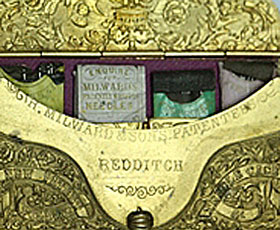
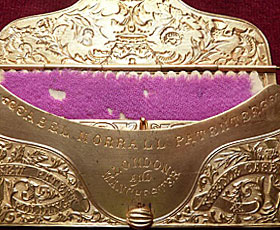
Milward signature detail and Morrall signature detail (photos from eBay).
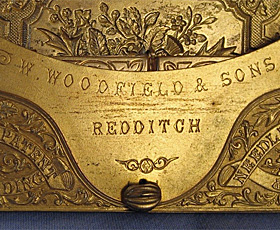
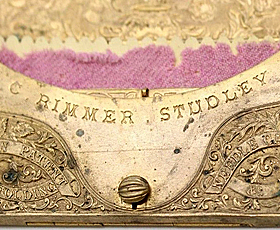
Woodfield signature detail (photo from eBay) and Rimmer signature detail (photo from eBay).
Facts
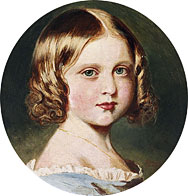
Queen Victoria’s fourth daughter and sixth child, Louise Caroline Alberta, was born in 1848 in Buckingham Palace. She was named after
her paternal grandmother who died when her father, Prince Albert, was only 12 years old. Louise was artistically talented and the Queen
allowed her to attend the National Art Training School as a young girl. She was nicknamed “Little Miss Why” by other members of the royal
family because of her wit, intelligence and inquisitive nature. When Louise was 13 years old her father died and the family went into
mourning.
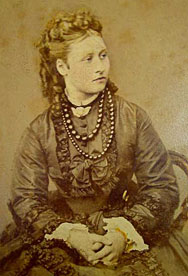
History
At age 22 Louise fell in love with John Campbell, heir to the Dukedom of Argyll. Argyll is a region located in western Scotland.
Queen Victoria agreed to the marriage even though this was the first time in over 350 years that the daughter of a sovereign married a British
subject; in 1515 King Henry VIII’s daughter Mary Tudor married the Duke of Suffolk. Part of the reason for the Queens approval was
political, a suggested suitor from Denmark would antagonize Prussia and a suitor from Prussia would be unpopular in England. They were
engaged at Balmoral Castle in Scotland in 1870 and married in Windsor Castle near London in 1871. Louise’s husband was chosen to be the
new Governor General of Canada in 1878 and they moved to Ottawa where they lived until 1883. The province of Alberta, Canada as well as
the area now known as Lake Louise were named after her. After returning to the UK Louise lived the rest of her life in Kensington Palace
where she died in 1939 at age 91.
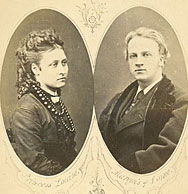
Miscellaneous
The Louise needle case you see on this page was most likely made to commemorate the engagement or marriage of Louise to the future Duke of
Argyll. On the front near the top center one finds the crown which represents royalty with the name Louise stamped in the brass
below. On the right is the Tudor rose which represents England and on the left the thistle which is the symbol of Scotland. Although
no patent for this needle case has been found, it was probably designed and produced within a few years of the engagement or marriage which took
place in 1870-1871.
